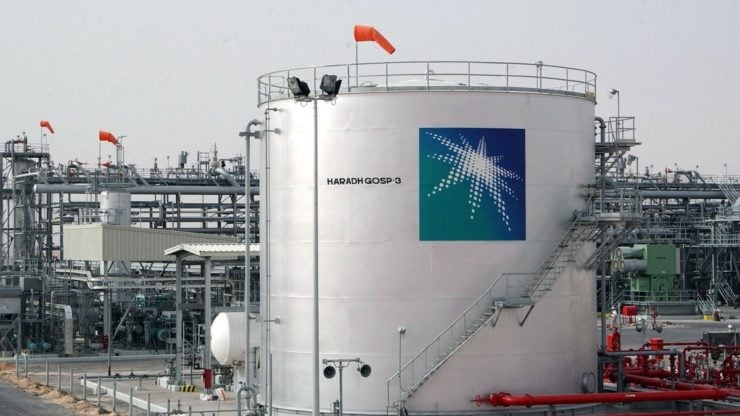Saudi Arabia’s state-owned oil giant Aramco reported a 15.4% decline in third-quarter profit, driven by lower crude prices and weaker refining margins.
Despite the income reduction, Aramco maintained its quarterly dividend at $31.1 billion, aligning with the company’s strategy to provide consistent payouts amid fluctuating market conditions.
This quarter’s dividend includes $10.8 billion in performance-linked payments, underscoring Aramco’s approach to rewarding investors while navigating volatile oil markets.
Here’s an analysis of Aramco’s latest performance, its significant role in Saudi Arabia’s economy, and what these results mean for the global oil market.
Aramco’s Q3 net income beats forecasts despite weaker oil market
Aramco posted a net income of $27.6 billion for the quarter ending Sept. 30, surpassing the company-provided median estimate of $26.9 billion and Citi’s forecast of $26.3 billion.
This figure, although lower than previous quarters, demonstrates Aramco’s resilience amid a global slowdown in oil prices.
The performance-linked dividends, introduced last year, aim to enhance investor returns during profitable periods, supplementing the base dividend that remains consistent regardless of earnings.
The company’s dividend structure, combining a base payout and performance-linked component, has positioned Aramco as a stable source of income for investors and the Saudi government.
This quarter’s dividend included a significant $10.8 billion in performance-based payouts.
Aramco expects to declare total dividends of $124.3 billion in 2024, including $43.1 billion in performance-linked dividends, which signals continued shareholder benefits, even amid economic adjustments.
Saudi government and Public Investment Fund heavily reliant on Aramco payouts
The Saudi government directly owns nearly 81.5% of Aramco, and the sovereign Public Investment Fund (PIF) holds another 16% stake.
These dividends are a cornerstone of funding for Saudi Arabia’s Vision 2030, an ambitious economic diversification agenda aimed at reducing dependence on oil revenues.
The PIF, managing an estimated $925 billion, has redirected funds into a range of sectors, from high-tech infrastructure to electric vehicles, as part of the kingdom’s vision for a more diversified economy.
The PIF is instrumental in realising Saudi Arabia’s Vision 2030, with a focus on transforming the country’s economic landscape.
Financial adjustments have been noted as the country’s Finance Minister hinted that Vision 2030 might undergo “adjustments as needed,” which could involve prioritising specific projects and extending timelines for others.
Such recalibrations reflect an evolving approach in response to fiscal demands and market conditions.
OPEC production cuts influence Saudi oil output
As the de facto leader of the Organization of the Petroleum Exporting Countries (OPEC), Saudi Arabia is currently producing approximately 9 million barrels of oil per day, representing about 75% of its full capacity.
This production level results from agreed cuts with OPEC members and allies, including Russia, to help stabilise global oil prices.
These production strategies underscore Saudi Arabia’s commitment to balancing global supply and demand while supporting oil prices.
Looking forward, Aramco’s financial strategies will likely remain integral to Saudi Arabia’s economy, as the company continues to support the government’s expansive economic agenda.
With oil markets under pressure, the company’s performance-linked dividend structure could offer greater flexibility in maintaining investor returns without compromising stability.
Aramco’s influence on global oil markets and its dividends remain pivotal, not just for Saudi Arabia, but for broader economic stability across oil-dependent economies.
The post Saudi Aramco Q3 profit drops 15.4% amid lower oil prices appeared first on Invezz

